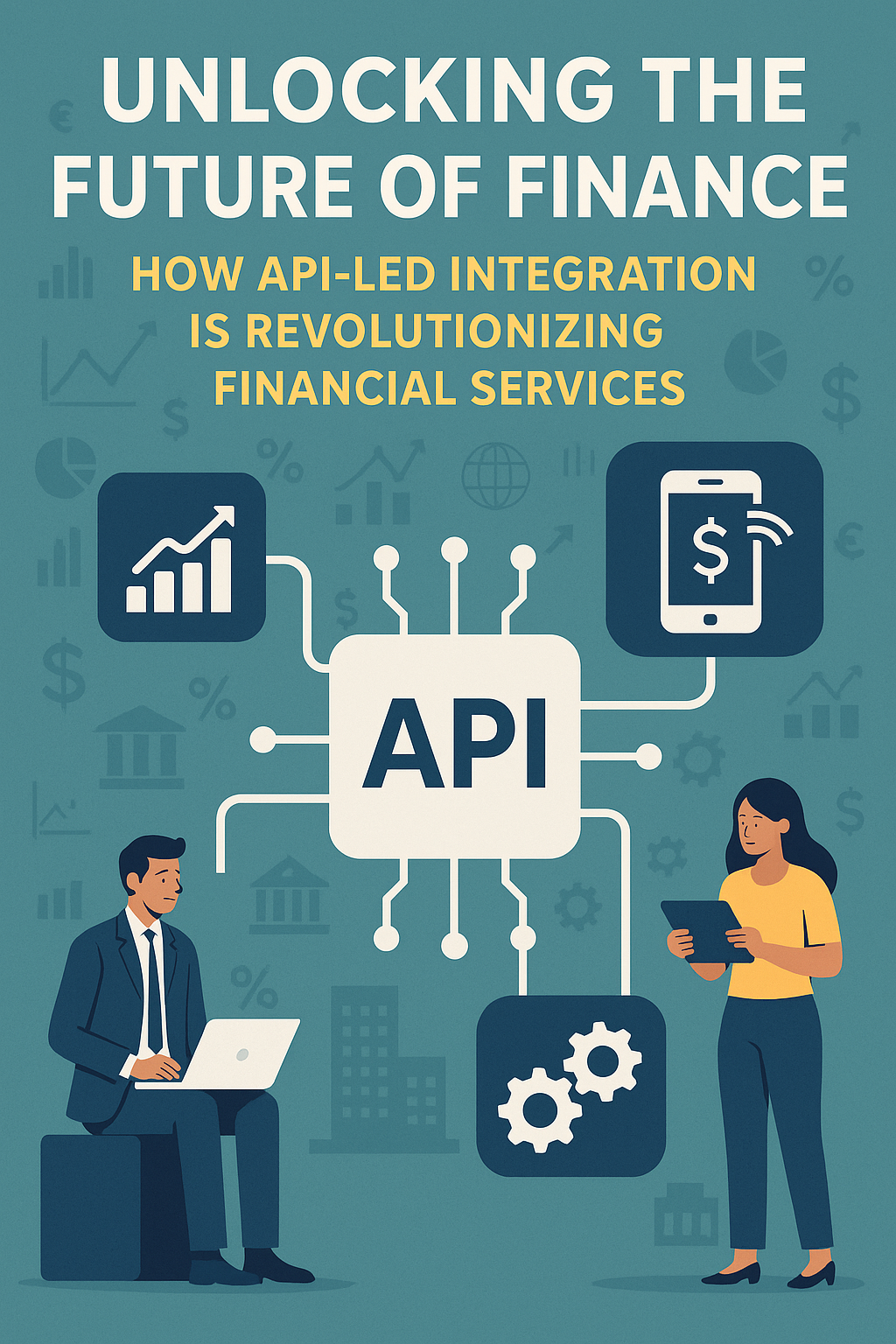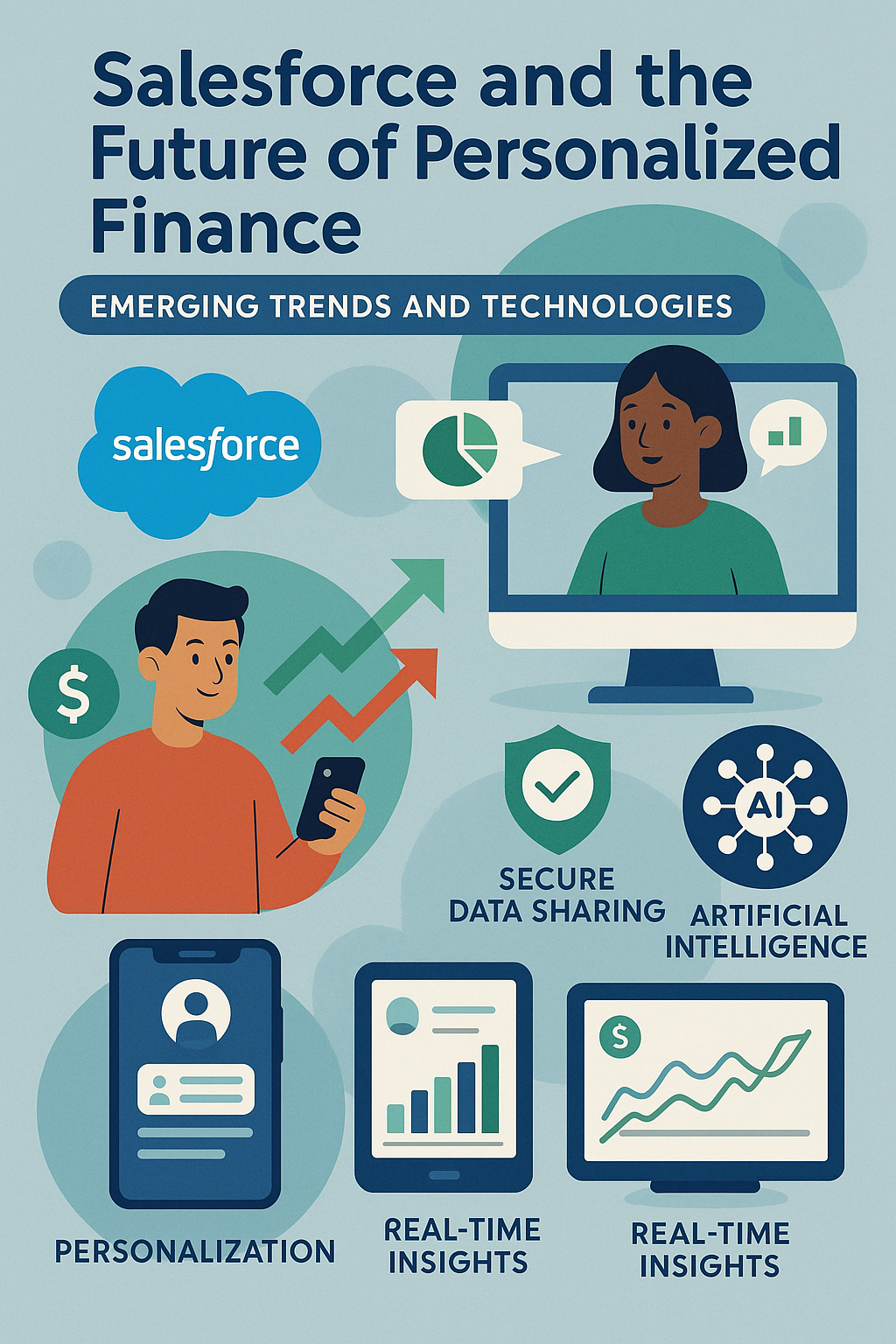
The integration strategy turning legacy constraints into competitive advantages
The financial services industry stands at a crossroads. Legacy systems that once represented stability now create barriers to innovation. Customer expectations have evolved beyond recognition. And FinTech disruptors continue to raise the bar for what's possible.
But there's a solution that's helping traditional financial institutions fight back—and it's not about ripping out and replacing everything they've built.
The Integration Revolution
For decades, financial institutions have operated on robust but rigid technology foundations. Core banking systems, policy administration platforms, and trading engines work reliably, but they've become islands of data that don't communicate effectively. This fragmentation creates friction at every customer touchpoint and makes launching new digital products painfully slow.
The answer isn't just connecting these systems—it's connecting them in a way that creates lasting agility and accelerates future innovation. This is where API-led connectivity transforms the game.
The Three-Layer Architecture
Modern API-led integration organizes systems into three distinct layers:
System APIs unlock data from core systems like mainframes and CRMs, providing standardized access to critical information while hiding underlying complexity.
Process APIs orchestrate data from multiple sources to create business-focused capabilities, such as a complete customer view or a claims status service.
Experience APIs deliver tailored data and functionality to specific applications—mobile apps, partner portals, or internal dashboards.
This approach replaces brittle point-to-point connections with a flexible, reusable application network. Let's see how this plays out across different financial sectors.
Banking: From Months to Weeks
Retail and commercial banks face an impossible challenge: maintain decades-old core systems while delivering the seamless digital experiences customers now expect. Regulatory mandates like PSD2 add another layer of complexity, requiring secure data sharing with third parties.
Traditional customer onboarding exemplifies the problem—manual, multi-step processes that take days or weeks, leading to abandoned applications and lost business.
Real Results
Wells Fargo built a comprehensive Banking-as-a-Service platform using API-led integration, reducing project delivery times from months to weeks while creating a foundation for continuous innovation.
Vanquis Bank achieved a 40-44% API reuse rate and a 25% increase in development efficiency while processing 1.5 million transactions monthly.
Royal Bank of Canada digitized its account opening process, reducing processing times from weeks to minutes by integrating identity verification with core banking systems.
Banks implementing this approach report 40-92% reductions in development time and 25-35% savings in operational costs.
Insurance: The Moment of Truth
Insurance carriers face similar legacy challenges, from complex policy administration to manual claims processes. In an industry where the claims experience defines customer satisfaction, slow and opaque processes are a competitive liability.
The problem is fragmented data. When claims, policy, and billing systems don't communicate, every interaction becomes friction.
Transformative Outcomes
Liberty Holdings automated its manual claims process, saving an estimated 14,000 hours and $3.2 million in costs.
AXA Luxembourg connected internal systems with external partners, processing claims three times faster and reducing manual work by 25%.
Legal & General created "SmartQuote," delivering home insurance quotes in just 90 seconds. The tool doubled sales opportunities and cut maintenance costs by 15%.
icare, Australia's largest public sector self-insurer, built a new digital platform that processes workers' compensation claims two to three times faster than its previous system.
Wealth Management: The 24-Minute Onboarding
In wealth and asset management, relationships are everything. Yet firms often burden clients with cumbersome onboarding and prevent advisors from delivering timely advice due to siloed data.
High-net-worth clients expect a frictionless, digital-first experience. Paper-intensive onboarding creates a terrible first impression, while advisors waste time toggling between disconnected systems.
Game-Changing Results
RBC Wealth Management digitized its entire onboarding workflow, reducing average client onboarding time from several weeks to just 24 minutes—a transformation that fundamentally changes the client experience.
Invesco faced data silos across 44 different systems. By building a network of reusable APIs, they achieved a 92% reduction in development hours for new projects and responded to prospects 40% faster.
Payments: The Real-Time Imperative
The payments ecosystem is shifting toward instant, 24/7 transactions. Legacy batch-oriented systems simply can't keep up with demands for real-time payment networks, seamless cross-border transactions, and sophisticated fraud detection.
Integrating with new payment rails, supporting complex standards like ISO 20022, and analyzing transactions for fraud in milliseconds requires a fundamentally different architecture.
Modern Infrastructure
Wintrust Financial Corporation modernized its payments infrastructure by adopting the ISO 20022 messaging standard and enabling real-time payment processing, streamlining corporate-to-bank integration.
Real-time integration between payment gateways and fraud engines now allows firms to identify and block suspicious transactions before funds are lost, significantly reducing fraud losses while enhancing customer trust.
Capital Markets: Breaking Down Silos
Capital markets operate on complex webs of specialized trading systems, high-volume data feeds, and stringent regulations. Data fragmentation across order management, execution, risk engines, and post-trade platforms creates latency and operational risk.
API-led integration creates a unified application network that breaks down these silos. By creating reusable APIs for each trading infrastructure component, firms automate complex workflows and support industry-standard protocols like FIX.
Strategic Advantages
Firms now connect best-of-breed trading solutions, reducing operational complexity and improving data consistency for faster decision-making. They integrate trading platforms with risk engines in real-time for continuous exposure monitoring. And they automate regulatory reporting by aggregating data from multiple sources, reducing compliance risk and cost.
The Bottom Line
Strategic integration isn't just about connecting systems—it's about building an agile, composable enterprise. By creating networks of reusable, secure, and discoverable APIs, financial institutions are:
- Accelerating time-to-market for new products and services
- Driving operational efficiency across the organization
- Enhancing security and compliance capabilities
- Delivering connected experiences customers demand
This foundational integration layer prepares firms for the future, providing the agility needed to embrace emerging trends like hyperautomation, embedded finance, and advanced AI.
In an era of constant change, the right integration strategy transforms technology from a constraint into the greatest driver of innovation and growth. The institutions that embrace this approach today will be the leaders of tomorrow's financial services landscape.
About the Author
David Cockrum is the founder of Vantage Point and a former COO in the financial services industry. Having navigated complex CRM transformations from both operational and technology perspectives.
-
-
- Email: david@vantagepoint.io
- Phone: (469) 652-7923
- Website: vantagepoint.io
-




